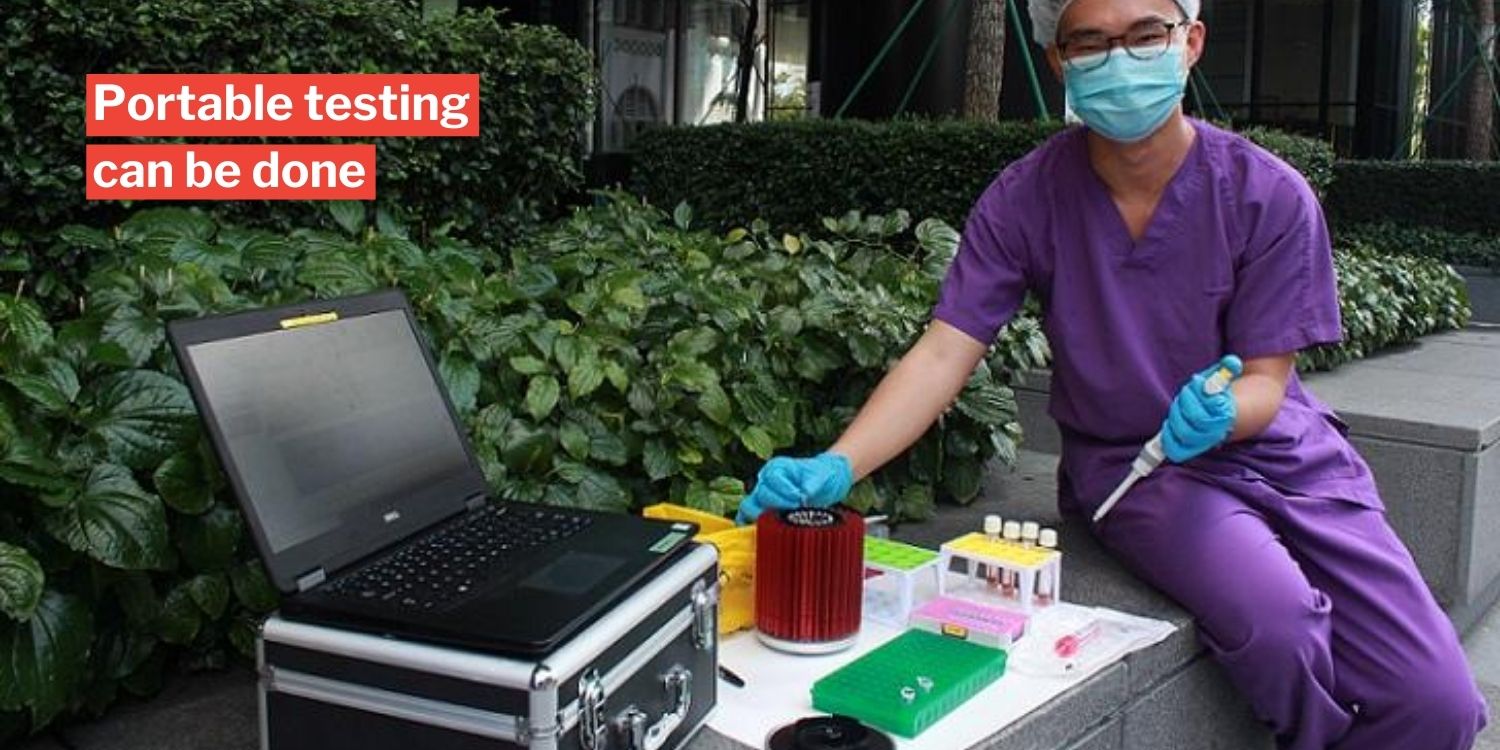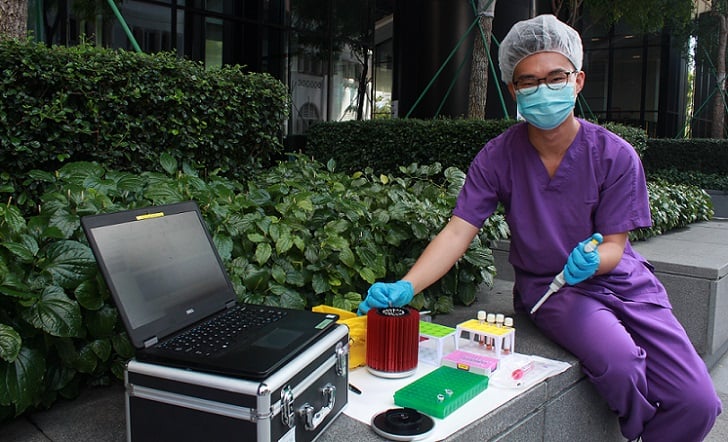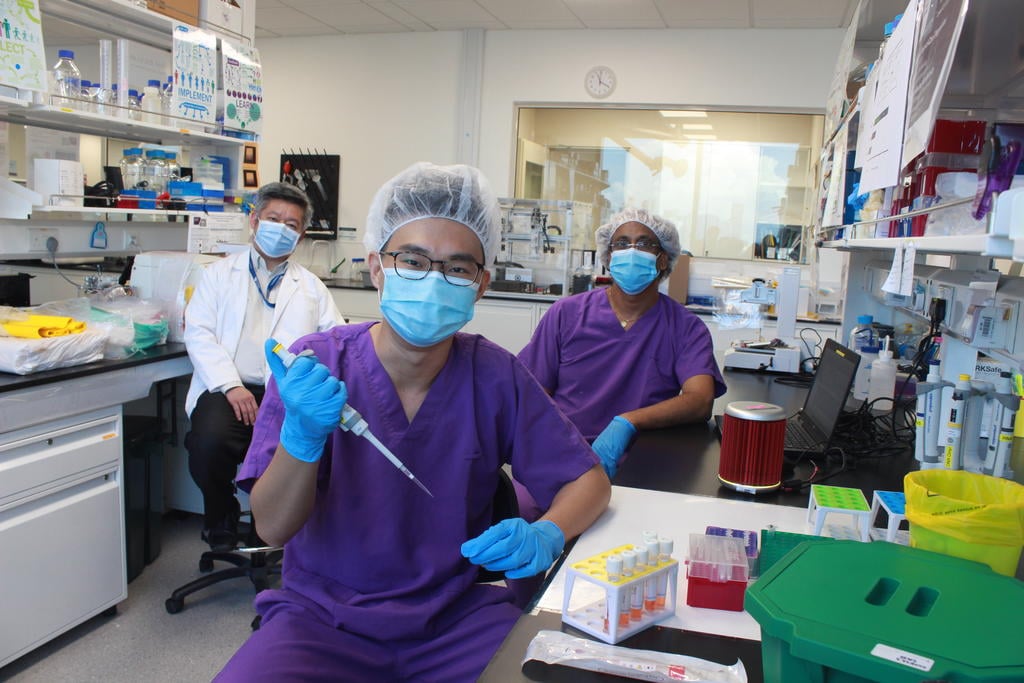NTU Scientists Find Way To Test For Covid-19 In 36 Mins, May Help With Community Testing
With Singapore still reporting hundreds of Covid-19 infections every day, mostly from migrant workers in dormitories, sometimes it feels like we should just ramp up testing so we can test everyone.
However, the testing process isn’t as easy as we think. While we’re already doing widespread testing among certain groups of people, we’re not up to the stage where we can test the entire population yet.
Scientists from Nanyang Technological University (NTU) have brought us a little closer to that stage though, by finding out a way to test for Covid-19 in just 36 minutes.
One-quarter of the time taken, portable equipment used
The breakthrough was announced by NTU in a media release on Monday (27 Jul), which said the 36-minute testing method is one-quarter of the time that gold-standard tests currently need.
It also said that this test can be carried out with equipment that’s portable.
This means that it can be brought into the community easily and used by healthcare workers to test people conveniently.
Can help testing in other countries
This new testing method can also help countries with less advanced laboratory capabilities, NTU said.
It will help in screening and research in these countries, as well as prompt more academic and research laboratories to use Covid-19 testing for diagnosis.
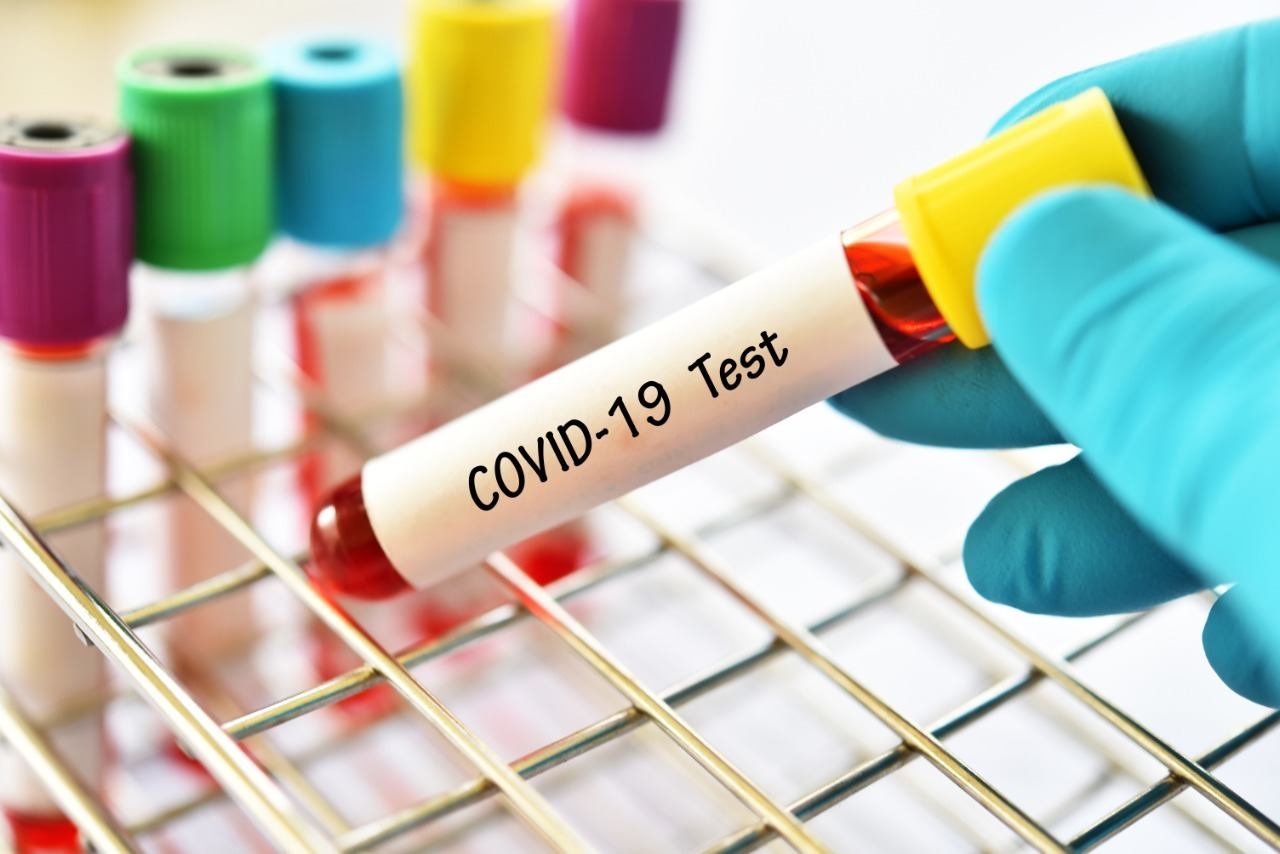 Photo for illustration purposes only
Photo for illustration purposes only
Source
Current testing process has drawbacks
Now, the most sensitive Covid-19 tests use the polymerase chain reaction (PCR) technique.
That’s when viral genetic material is copied over and over again by a machine, to find traces of the coronavirus that causes Covid-19.
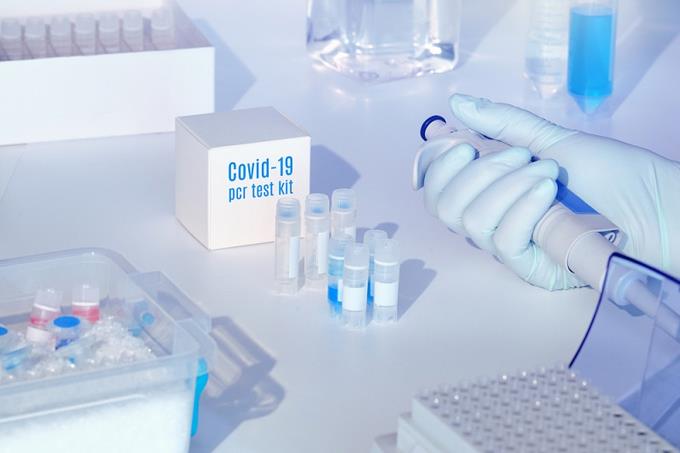
Photo for illustration purposes only
Source
However, the process has a bottleneck – the separating of RNA from other components in the sample taken from the patient.
This purification process has a few drawbacks:
- It uses chemicals that are in limited supply
- It must be undertaken by highly trained staff
- It needs expensive equipment
- It needs specialised lab facilities
Thus, this process may take hours.
NTU’s method skips steps, allows direct testing
NTU instead uses a the “direct PCR” method, which skips the long RNA purification process.
It involves adding certain enzymes and compounds that obstruct RNA amplification. These substances resist PCR inhibitors.
More importantly, they are also commercially available, which means they are not difficult to obtain.
These enzymes and compounds are mixed directly with the patient sample in a tube, then placed in the machine that copies the genetic material for PCR.
The Covid-19 test result is done in 36 minutes.
Real-world use to be determined
Associate Professor Eric Yap, who is the leader of the NTU team, said it will try to use the “direct PCR” method for routine diagnostics.
However, there’s still more fine-tuning to be done, he added,
We need to determine the actual utility and benefits in a real-world setting, and to understand if there are any trade-offs. When one bottleneck is removed, other challenges may emerge – like ensuring quality control, or reducing manual errors.
New method can test for dengue also
Better still, besides Covid-19, the new method can also be used to test for other diseases like dengue.
With Singapore in the throes of the worst dengue outbreak in our history, that will surely come in useful.
Prof Yap said when the method was used directly on a the blood of a patient with dengue, the result was out in just 28 minutes.
Thus, since people in Singapore are getting infected with both Covid-19 and dengue, and people have been diagnosed with the wrong disease, the test could help differentiate between the 2 infectious diseases.
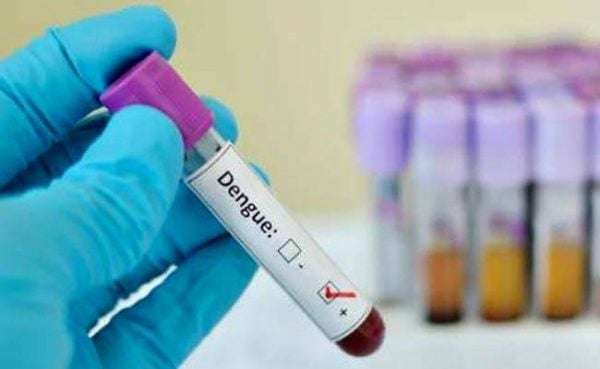 Photo for illustration purposes only
Photo for illustration purposes onlySource
Breakthrough can help curb tranmission
Details of NTU’s new method were published in a scientific journal named Genes in June.
It might not cure the diseases, but if it can be widely used in the community, it could at least help to curb transmission by diagnosing infections earlier.
Kudos to the NTU scientists for the important breakthrough, and we hope it’ll be put to good use soon.
Featured image adapted from NTU.

Drop us your email so you won't miss the latest news.
